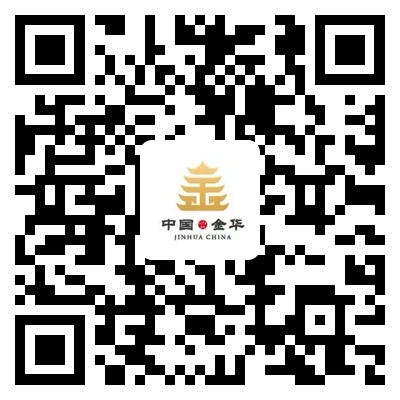After three container trucks loaded with goods arrived at the East China International Intermodal Port in Jinhua, Zhejiang province, customs quickly exempted them from inspection.
This meant there was no need to unload and open the containers. They were directly transported to the loading area and transferred onto the China-Europe freight train via a gantry crane. The train departed on the same day for the five Central Asian countries.
This is the first successful application of the "direct loading upon arrival" system of the China-Europe freight train in Zhejiang province, which is an important measure implemented by authorities to optimize the business environment and improve customs clearance efficiency to facilitate export trade.
As the starting point of three major transport channels - Yiwu-Xinjiang-Europe, Yiwu-Ningbo-Zhoushan, and Jinhua-Lishui-Wenzhou, as well as the hinterland city with the highest volume of sea-rail intermodal transportation at Ningbo-Zhoushan Port, Jinhua has been making efforts to strengthen the in-depth integration and innovative development of modern logistics and the manufacturing industry as well as build a national-level production and service-oriented logistics cluster that covers China-Europe freight trains, multimodal transportation, and logistics supply chain.
Jinhua already has over 3,000 domestic freight lines that reach 320 cities across China. It is also home to 42 logistics parks, the most in Eastern China. In 2022, Jinhua's cumulative express delivery volume exceeded 11.8 billion items, surpassing Guangzhou and Shenzhen, and ranked first in the country for the third year in a row.
Authorities have also been focusing on institutional innovations, and Jinhua has become one of two pilot cities in China to implement the inland land-based export tax rebate policy.
According to the policy, once export enterprises start shipping from the Huadong International Intermodal Port and Yiwu International Land Port, they are considered exports. As a result, the tax refund application is moved up to the customs declaration stage, saving time on docking at the port, waiting for loading, processing exit procedures, and waiting for track-switching during the process of traveling from Jinhua to the border, effectively shortening the tax refund cycle for enterprises and reducing financial pressure on working capital.

